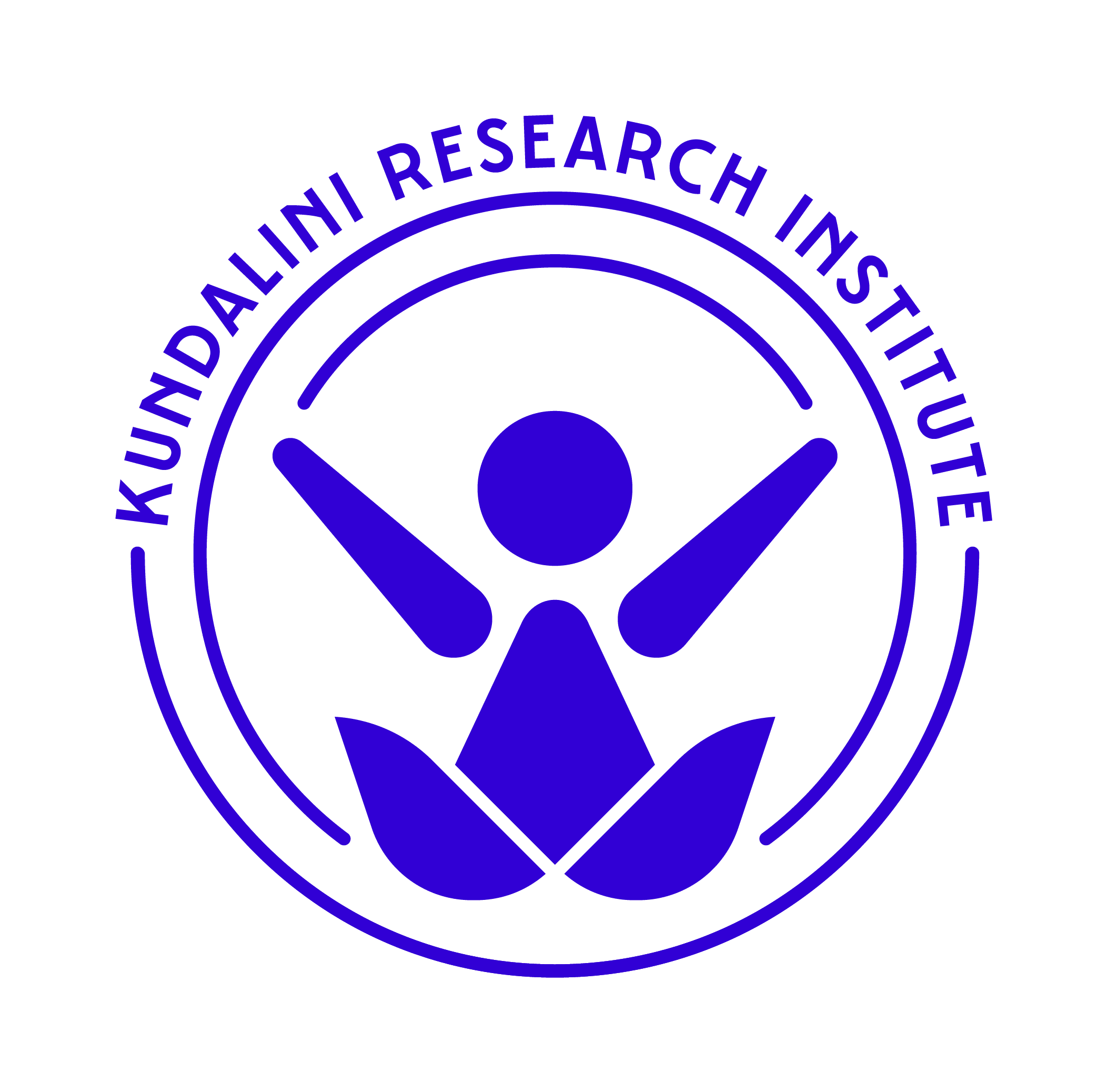by Sat Bir Singh Khalsa, Ph.D.
Anxiety is a very common and well-known psychological state manifesting as fear, apprehension and/or worry about future concerns. It is experienced either with respect to very specific life circumstances or events, or it can be very general in nature, and usually resolves on its own with the passage of time or the precipitating circumstances. However, if anxiety becomes more intense and sustained and begins to interfere with overall quality of life and day-to-day functioning, it may then be considered as a clinically significant disorder that is worthy of treatment. Generalized anxiety disorder (GAD) is a condition whose diagnosis is based on criteria that include the experience of excessive anxiety or worry more often than not for at least 6 months; that is difficult to control; is accompanied by symptoms such as restlessness, fatigue, cognitive impairment, irritability, muscular discomfort and sleep disturbance; may not be related to actual life circumstances/events; and is not explained by another medical condition. The prevalence of anxiety disorders globally is just above 3% of the population with females experiencing higher levels than men. Recent statistics suggest an increasing trend over time. It is therefore a significant mental health and quality of life burden in the population.
As expected for a mental health disorder in modern medicine, the conventional treatments for GAD include pharmacotherapy, psychotherapy, or a combination of both. Although commonly prescribed, pharmaceuticals do not address the underlying causes, have limited efficacy in many patients, and are often associated with negative side effects. On the other hand, cognitive behavioral therapy (CBT), the most common and effective form of psychotherapy, does directly address the underlying causal thought patterns and dysfunctional beliefs in mental health conditions, leading to a state referred to as metacognition, in which individuals experience a substantial improvement in regulation of their own thought processes, and therefore improved coping with the disorder, and without any negative side effects. However, CBT is not effective for all patients and is not highly accessible. There is, therefore, a need for other behavioral treatment strategies.
Given that one of the risk factors for GAD is exposure to stressful and negative life or environmental events, any strategy that can address stress tolerance and resilience is likely to be preventive and possibly therapeutic. Furthermore, like many other mental health conditions, GAD has a number of physical symptoms, suggesting that a treatment that includes physical components may have additional benefit. Scientifically, it makes sense to treat a mind-body condition with a mind-body therapy. Yoga addresses the physical component of mental health conditions through the physical postures, exercises, and breath regulation. In traditional yoga that also includes the meditative component, it also addresses self-regulation of thought processes and leads to improvement in metacognition and mind-body awareness or mindfulness. Indeed, research evidence described in multiple review papers has shown that yoga is effective in improving stress regulation, including stress tolerance, stress reactivity, resilience, and chronic stress, which is likely the reason that it shows potential for significant improvement mood states including anxiety, as reported in this 2016 review paper <<Link: https://www.ncbi.nlm.nih.gov/pmc/articles/PMC5116432/ >>. The scientific rationale for yoga as a treatment for anxiety has been well elaborated in a recent paper in the journal Frontiers in Psychiatry <<Link: (https://www.frontiersin.org/articles/10.3389/fpsyt.2020.00501/full)>>. However, there have been very few studies that have examined the role of yoga as a treatment for GAD or other clinically significant anxiety disorders as determined in a recent metanalysis published in the journal PLoS One <<Link: (https://journals.plos.org/plosone/article/file?id=10.1371/journal.pone.0204925&type=printable >>.
As a traditional yoga practice that incorporates physical postures, exercises, pranayama, and meditation, Kundalini Yoga is a practice that also includes many specific practices and meditations that have been recommended for a variety of symptoms and conditions and is therefore a practice that is likely to be useful as a therapeutic treatment for specific conditions. This aspect has been the focus of the Guru Ram Das Center for Medicine and Humanology (GRD Center) <<Link: https://www.grdcenter.org/>>, an institute and a certified yoga therapy school under the International Association of Yoga Therapists. The GRD Center has developed specific Kundalini Yoga based treatment protocols for conditions including chronic stress, post-traumatic stress disorder, and GAD. An 8-week Kundalini Yoga GAD protocol was tested in 34 patients in a small study published in the International Journal of Yoga Therapy that showed statistically significant improvements in GAD that concluded “The effect sizes of the Kundalini Yoga intervention are comparable to those associated with CBT for anxiety” <<Link: https://meridian.allenpress.com/ijyt/article-pdf/28/1/97/1737752/2018-00003.pdf >>. These preliminary data were essential for a grant application by principle investigators Dr. Stefan Hofmann of the Boston University Center for Anxiety and Related Disorders and Dr. Naomi Simon at Massachusetts General Hospital, Harvard Medical School (now at New York University), and myself as a primary coinvestigator to the National Center for Complementary and Integrative Health (NCCIH) of the National Institutes of Health.
We were grateful for getting this NCCIH proposal funded for a 4-million-dollar research project of a multisite randomized controlled trial of Kundalini Yoga for GAD. This research went on to be published in the Journal of the American Medical Association (JAMA) Psychiatry <<Link:https://jamanetwork.com/journals/jamapsychiatry/fullarticle/2769486). In this study, patients with a confirmed GAD diagnosis were randomly assigned to a 12-week behavioral treatment consisting of either CBT for anxiety (N=90), Kundalini Yoga (N=93; a GRD Center developed protocol), or a stress education control condition (N=43). Subjects met with interventionists/instructors in a group setting once weekly for 2-hour sessions and also engaged in daily home practices. The 20-minute Kundalini Yoga home practice included a simple sequence of physical exercises including spinal flexes, spinal twists, shoulder shrugs, neck rolls, and cat-cow spinal flexes. This was followed by 11 minutes of the Segmented Breath for Anxiety, a breath meditation with a 4 part inhale and 8 part exhale <<Link: https://www.3ho.org/files/pdfs/various-breaths.pdf) accompanied with silent mantra repetition (e.g. Sa Ta Na Ma), creating an inhale to exhale ratio of 1:2. A prolonged exhale pranayama is commonly believed to be a calming practice in the yoga tradition. Although CBT showed the strongest outcome in GAD with just over two thirds of patients showing a clinical response rate at the end of the treatment, the Kundalini Yoga response rate was just over half of patients, with both active treatments statistically superior to the control condition (a one third response rate). These data confirm that the Kundalini Yoga intervention represents a significant and clinically meaningful improvement in GAD patients. The authors concluded that “Overall, the available literature and our data support that KY may be a helpful but only moderately potent intervention for GAD. Given the increasing costs of health care and barriers to accessing trained mental healthcare professionals, however, yoga may still have a role to play in GAD management as an intervention that is more easily accessible.”
Next steps to move the field forward require additional strong RCTs of yoga for GAD in strong journals such as JAMA to facilitate recognition in the field of the feasibility, safety, and efficacy of yoga for GAD. It is likely another strong study is on the verge of publication (see: https://www.ncbi.nlm.nih.gov/pmc/articles/PMC6042466/pdf/main.pdf). Further characterization of the components of yoga practice that most strongly contribute to efficacy, dose-response studies, and combination therapy trials teaming CBT with yoga are additional efforts that are needed. We have previously published one such preliminary study combining Kundalini Yoga with CBT (Y-CBT) <<Link: (https://www.ncbi.nlm.nih.gov/pmc/articles/PMC4224639/pdf/nihms-587964.pdf>>and showed that this was efficacious for GAD in a clinical setting. Dr. Manjit Kaur Khalsa, the lead on that study has gone on to publish a book on Y-CBT <<LINK: (https://www.amazon.com/Yoga-CBT-Workbook-Anxiety-Harbinger-Self-help/dp/1626258368) and is leading additional trials for this yoga treatment protocol.
The future looks bright for the validation of yoga as a safe and efficacious strategy for GAD treatment.
Teacher

KRI is a non-profit organization that holds the teachings of Yogi Bhajan and provides accessible and relevant resources to teachers and students of Kundalini Yoga.


 Français
Français Deutsch
Deutsch Italiano
Italiano Português
Português Español
Español 简体中文
简体中文
More Related Blogs